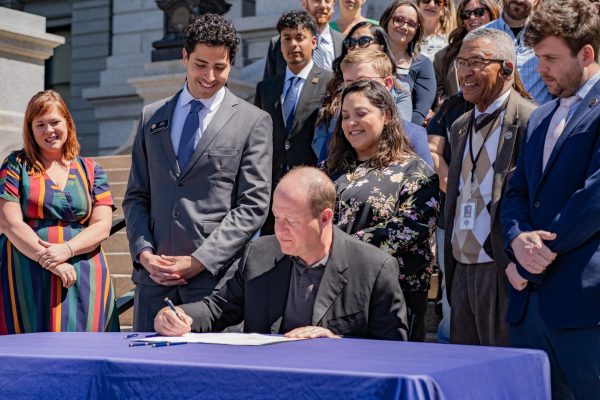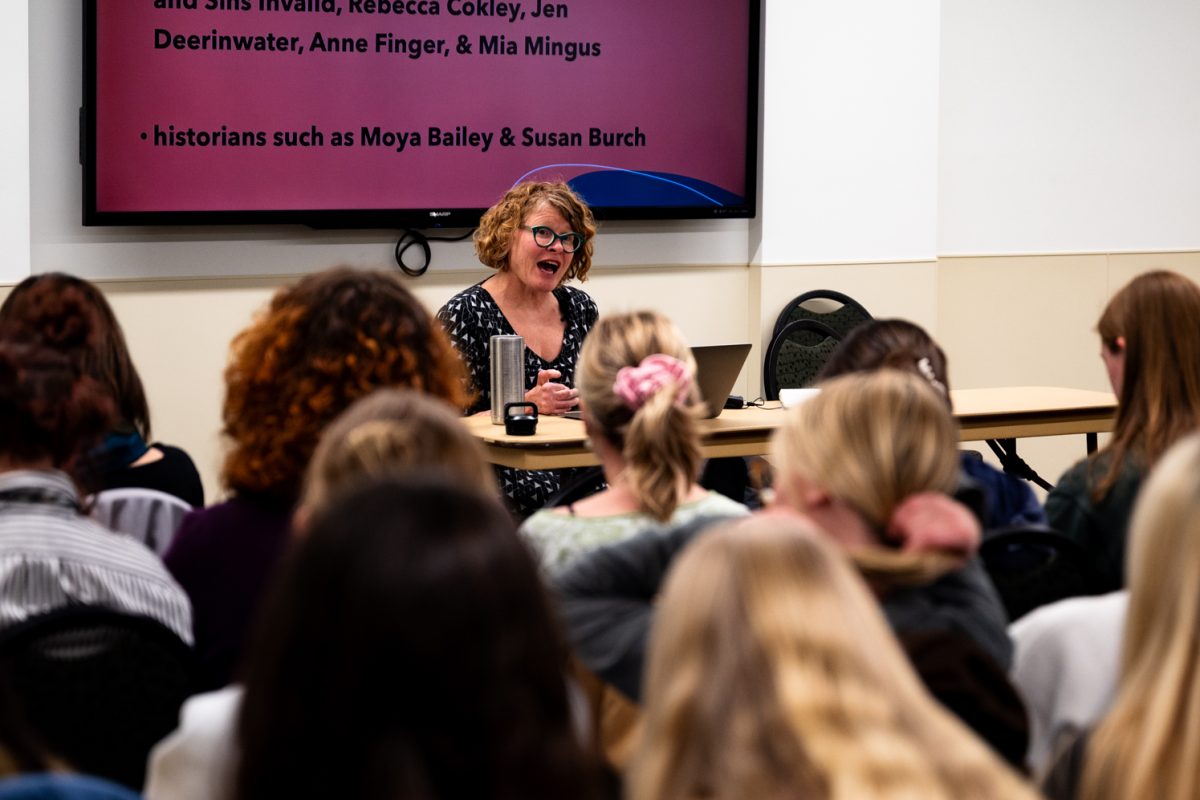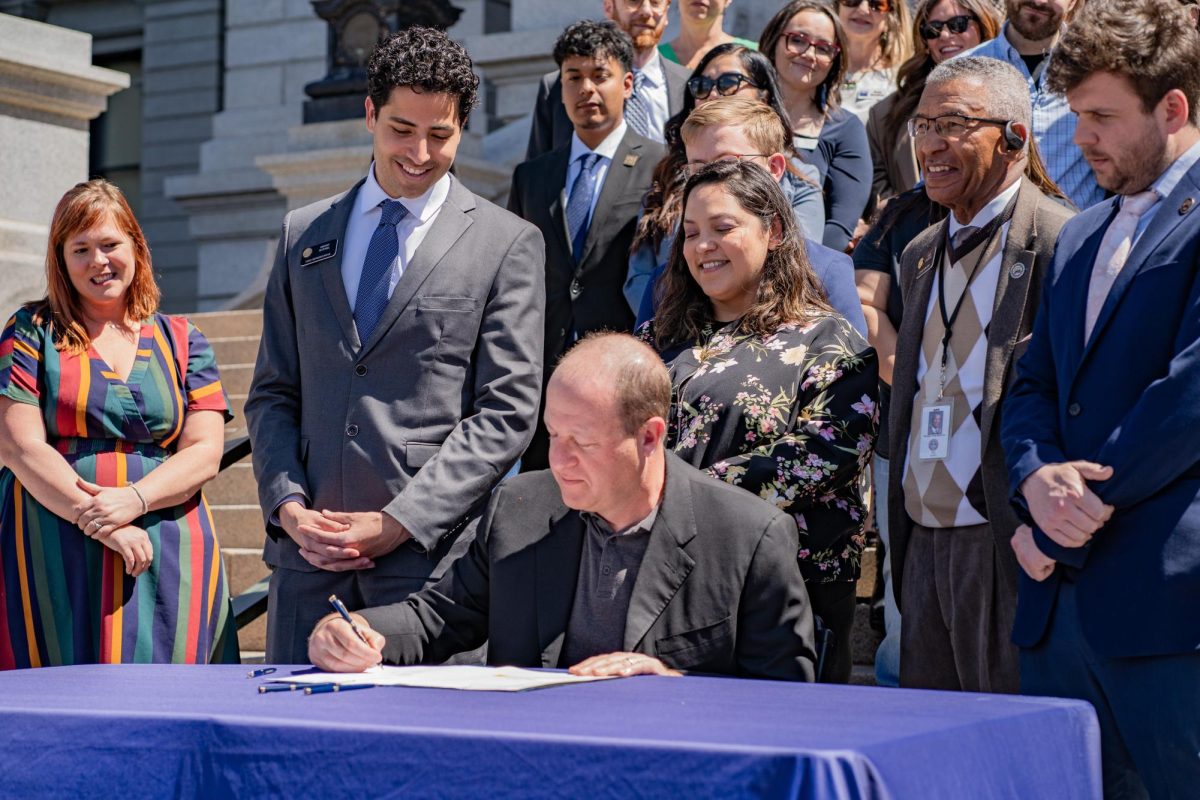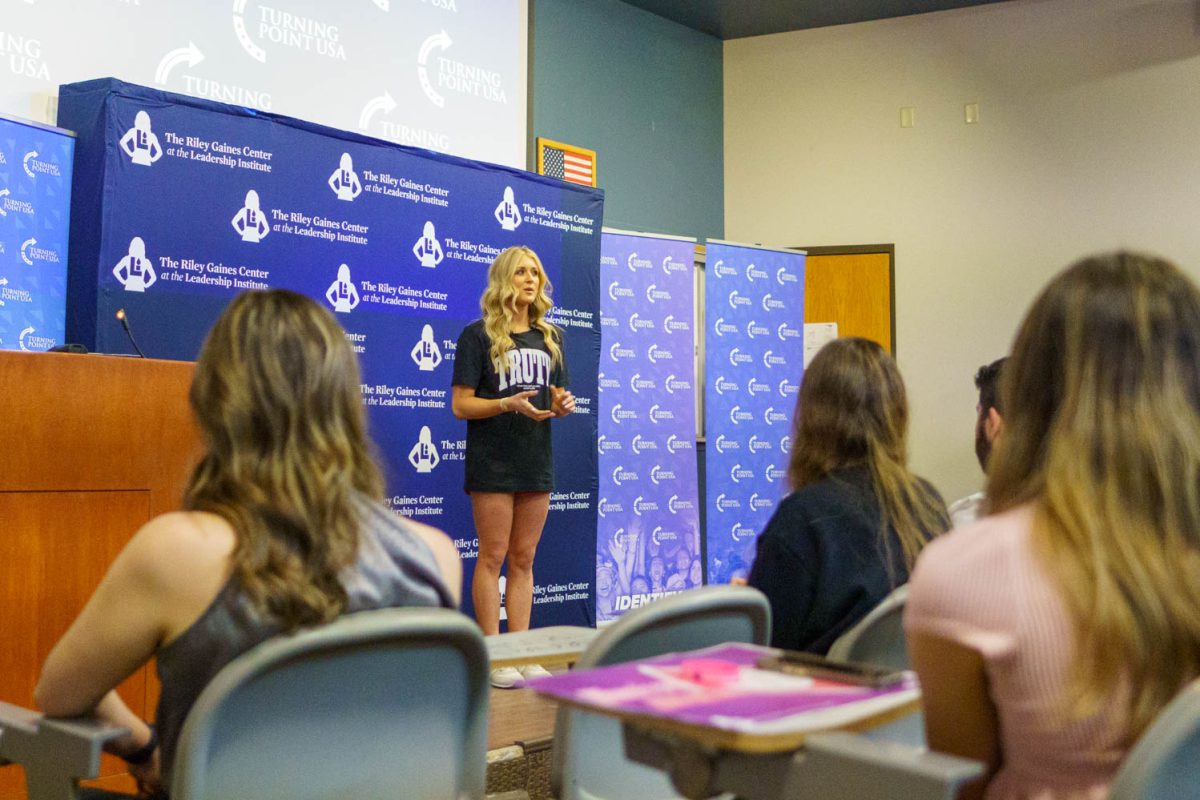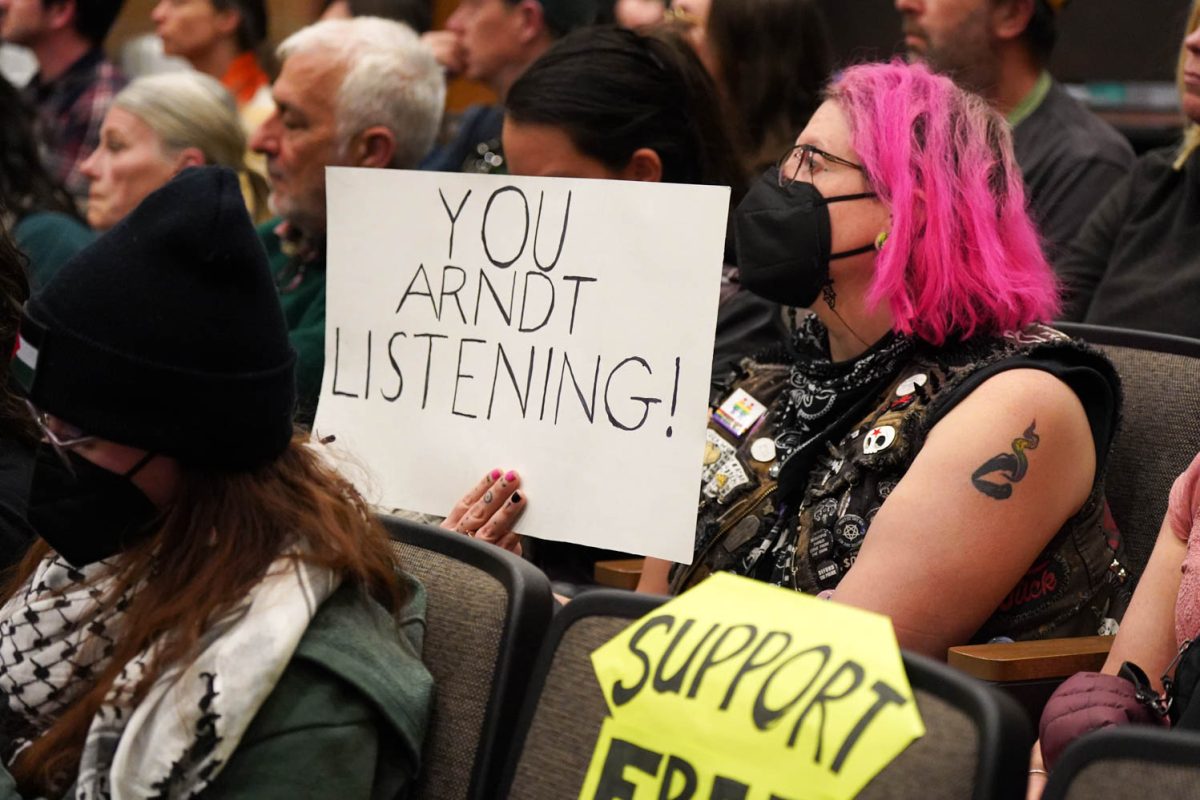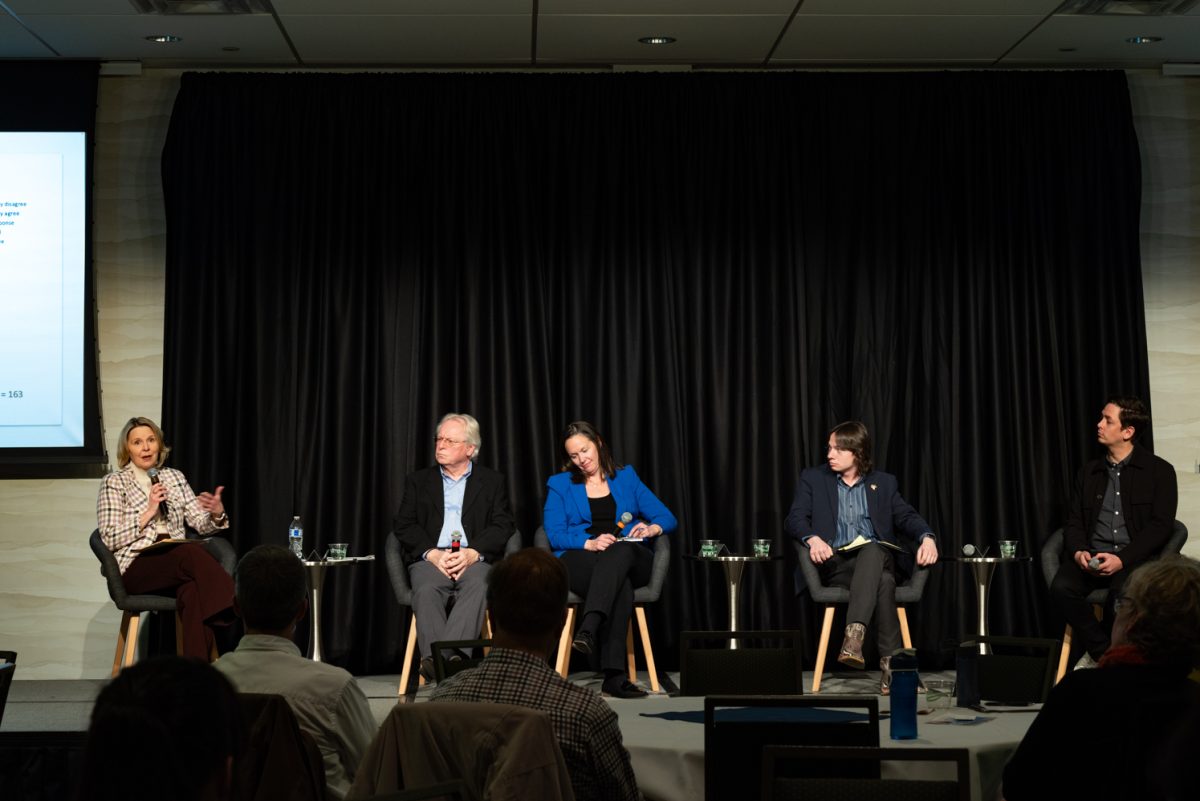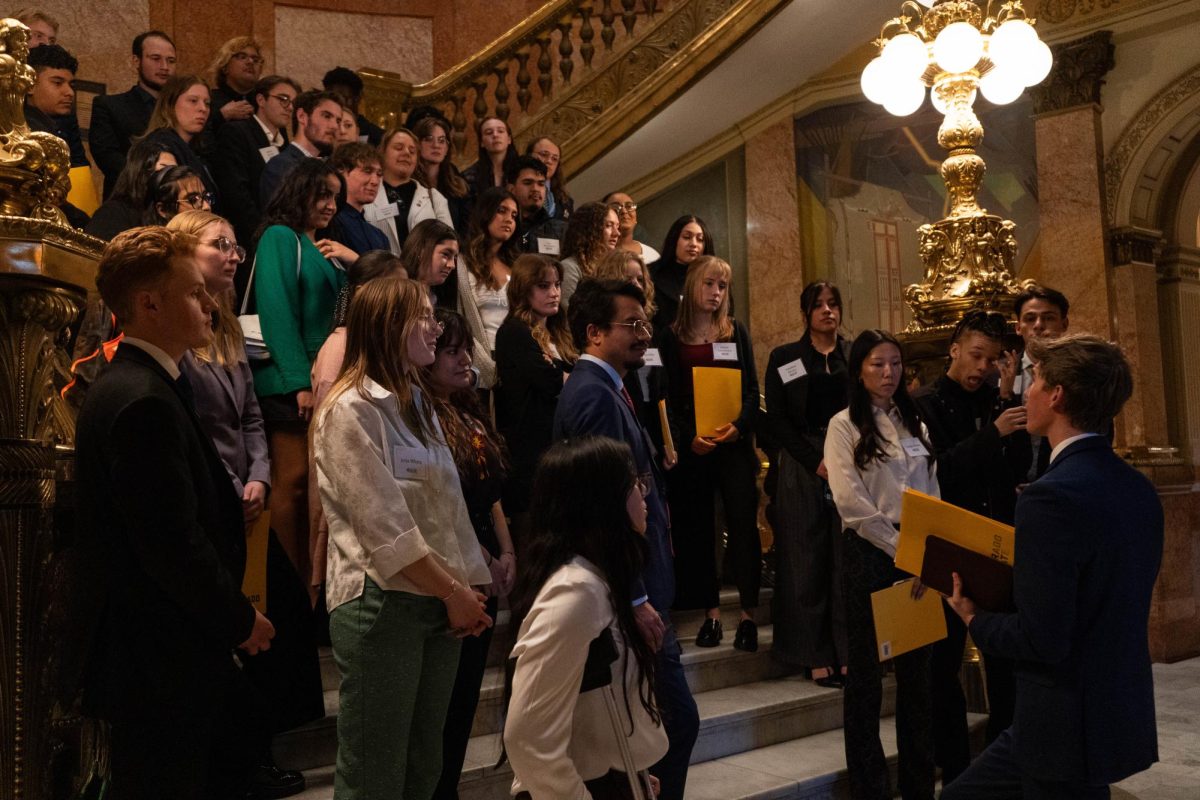Editor’s note: At the time of publication, the results of the Democratic Caucus and the Republican Caucus had not been released.
Seventeen Larimer County Democrat precincts gathered inside Bennett Elementary School’s halls to caucus for the 2018 Colorado gubernatorial race, while Republican voters met at the Immanuel Community Church to elect delegates for future county elections Tuesday night.
Ad
While Democrat attendees had the opportunity to choose which candidates would appear on the ballot for governor and determined how many delegates to send to the county assembly, the Republican attendees voted on candidates for county elections.
Mike Sieg, one of several candidate for the Larimer County Commissioner of District 1 started the Republican Caucus by advocating for less taxes and an accountable government made possible by a reduced public budget.
Sieg has worked in public and private capacities and brings with him more than 33 years of experience in the U.S. Forest Service.
“I fought and managed wildfires, overseen the constructions of roads, trails, and pipelines, managed large organizations and budgets of tens of millions of dollars,” Sieg said
The current Larimer County Clerk and Recorder Angela Myers is up for re-election and talked about her achievements in office, which included the implementation of paper-only ballots and improved secrecy of ballots. Myers also mentioned the efficient management of her office.
“In vehicle licensing, there was a time when we had lines measured in hours,” Myers said. “Folks came up to me and said, ‘Don’t you need more workers?’ I didn’t want to throw people at it, and we made it more efficient.”
There are currently six Democrat candidates running for governor: Jared Polis, U.S. Representative for Colorado’s second Congressional District; Donna Lynne, Colorado’s current lieutenant governor; Noel Ginsburg, a businessman and founder of Denver-based company Intertech Plastics; Mike Johnston, a former state senator; Erik Underwood, a former U.S. Senate staffer; and Cary Kennedy, a former Colorado treasurer and former deputy mayor for Denver.
All candidates were part of the caucus process except for Lynne, who opted to petition her way into the ballot. Many attendees compared Tuesday night’s caucus to the 2016 presidential caucus. According to attendees, Larimer County Democratic Party staffers and residents alike, Tuesday’s caucus had a milder, more communal atmosphere than in 2016.
“The 2016 caucus was really crazy,” said Elyssa Hamilton, a precinct committee person with the Larimer County Democratic Party. Hamilton recalled that Bernie Sanders had just visited Fort Collins 10 days before that year’s caucus, resulting in chaotically high turnout rates.
Ad
“We were over maximum capacity, we had to hold (the caucus) outside,” Hamilton said. “(There were) some schools we couldn’t go back to because it was such a mess.”
But, Hamilton said that past midterm elections can also be exciting. There was a common feeling among attendees that the governor’s race is in part a reaction to national politics.
Caucus Site Manager Martha Coleman said that midterm party mobilizations are a historical trend.
“When you have a person from one party elected for the first term as president, generally the opposite party is very active in pushing back,” Coleman said. “For example, in 2008 when Obama was elected, there was a red wave (in 2010). This is the same thing that you see.”
Collegian reporters Danny Sonnenberg and Gabriel Go can be reached at news@collegian.com or on Twitter @dannyjsonneberg and @rgabrielgo.



